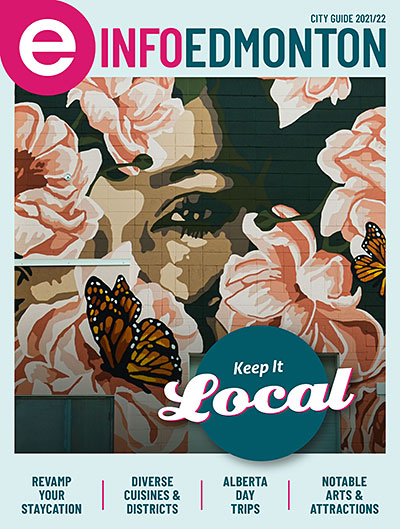By Mary Kapusta
In my career, I’ve been fortunate enough to work with a range of talented people who create incredible experiences that drive tourism and create a sense of belonging and excitement. I have worked on galas, conventions, music festivals, and international media events. The fulfilling thread that connects that work is the joy and delight customers feel when we exceed expectations through service and
unique experiences.
I’ve also learned the value of a confident and credible approach to crisis response. The shift from reactive to recovery nurtures support and brings optimism back into the public dialogue. For example, photos of destruction soon become photos of smiling faces helping each other.
But COVID-19 brought unprecedented challenges to our community, creating an ongoing cycle of crisis management and reactivity that caused uncertainty and financial strain for experience providers, and fear and frustration for our customers.
A traditional crisis response model would have a period of recovery follow a crisis, but my suggestion to you is not to focus solely on those recovery milestones, such as regular hours of service, hiring back of staff, or the lessening of restrictions.
A greater need for our community, and the world itself, will be a restoration.
Recovery can be defined as the return to previous product delivery.
Some may even identify the “new normal” that COVID-19 may leave us with as our end goal for a recovery plan. Instead, I would propose a restoration for society itself.
While businesses have demonstrated incredible resilience and agility in the face of multiple cycles of restrictions, it may be hard to know what “recovery” will lead us to. Customer behaviour may also take longer to recalibrate as it were.
Restoration is the work to build trust and normalcy following a crisis. A Recovery approach asks: “When can I go to a rock concert?”, whereas a Restoration approach considers “When will I be ready to be unmasked, in a crowded room with strangers?”
The timeline could be the same for some people, but for others it may be difficult to imagine a return to experience that have been associated with fear for over a year.
How do we take a Restoration approach?
First, recognize that all customers will have their own scale of risk. Addressing fear and building trust are critical to bringing customers back to collective experiences. There will be a transitional period where some customers will be more prepared to return to typical activities.
Some customers will naturally be on the lower end of the risk scale and others will be happy to pay a premium for experiences that mitigate their fear. Examples include private bookings and / or rentals, or highly curated dining or tour experiences.
As we emerge from the shadow of this global pandemic, your work is more valuable than ever because it allows us to build new relationships, connect with people from different backgrounds, and showcase the beauty and innovation of Alberta.
Mary Kapusta has worked in marketing and communications within the cultural sector for over 14 years. She has been able to work in a variety of industries, including publishing, performing arts, and library services. She specializes in strategic communications, brand development and awareness, content marketing, and major projects. She has overseen the opening of two major cultural properties: Studio Bell, home of the National Music Centre in 2016, and Calgary's new Central Library in 2018. As the Director of Communications for Calgary Public Library, she oversees all promotions for a library system that receives nearly 7 million visits annually and serves over 730,000 members. She has also supported major event planning and destination marketing through committee work with the JUNO Awards, the Canadian Country Music Association, Tourism Calgary, Travel Alberta, and the City of Calgary.
This article first appeared in the Summer 2021 issue of AB Meetings & Events.




